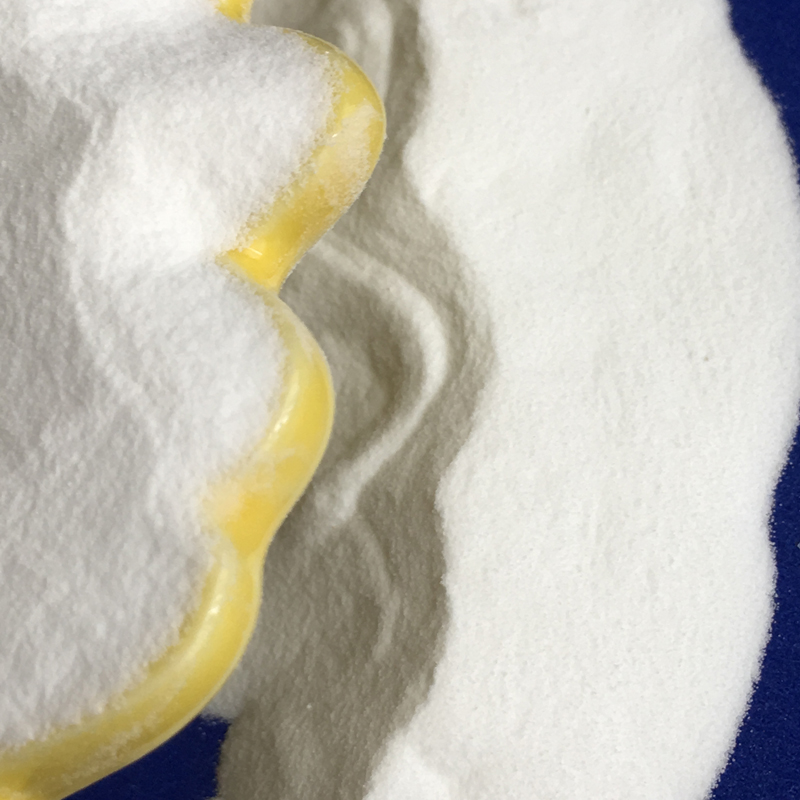
Sodium sulfate, inorganic compound, sodium sulfate decahydrate, also known as mirabilite, high purity, fine particles of anhydrous matter is called Yuanming powder. Yuanming powder, white, odorless, bitter crystalline or powder, hygroscopic. The shape is colorless, transparent, large crystal or small crystal of granularity. Mainly used in water glass, glass, enamel, pulp, refrigerant mixture, detergent, desiccant, dye thinner, analytical chemicals, pharmaceuticals, etc.
Appearance and traits: monoclinic crystal, short columnar crystal, aggregate is dense block or hull, etc., colorless and transparent, sometimes with light yellow or green, soluble in water. White, odorless, bitter crystalline or powdery, hygroscopic. The shape is colorless, transparent, large crystal or small crystal of granularity.
Chemical properties: stability: stable, insoluble in strong acid, aluminum, magnesium, moisture absorption. It is easily absorbed into the air to form aqueous sodium sulfate. It is converted into hexagonal crystals at 241 °C. High-purity, fine-grained anhydrate is called Yuanming powder. Very soluble in water. Have a cool feeling. The taste is cool and salty. It is easily hydrated in humid air and converted into powdery aqueous sodium sulfate to cover the surface. Anhydrous thenardite is produced in a salt lake containing sodium sulfate brine, and is symbiotic with mirabilite, glauberite, diarrhea salt, white sodium magnesium strontium, gypsum, salt magnesium mirabilite, stone salt, and alkali, and can also be dehydrated from mirabilite; volcano There is a small amount of output around the fumarole.
Toxicity: Non-toxic
Toxicological data: Mice oral: LD50 5989mg/kg
Ecological data: It is slightly harmful to water. If there is no government permission, do not discharge the materials into the surrounding environment.
PH value: 7, neutral
Uses:
1. The chemical industry is used to manufacture sodium sulphide sodium silicate water glass and other chemical products.
2. The cooking agent used in the paper industry for the manufacture of kraft pulp.
3, the glass industry to replace soda ash as a cosolvent.
4. The textile industry is used to blend vinylon spinning coagulants.
5, used in non-ferrous metallurgy, leather and other aspects.
6, used to make sodium sulfide, pulp, glass, water glass, enamel, also used as a laxative and antidote to strontium salt poisoning. It is a by-product of the production of hydrochloric acid from salt and sulfuric acid. Chemically used to produce sodium sulfide, sodium silicate, etc. The laboratory is used to wash away the strontium salt. Industrially used as raw material for the preparation of NaOH and H2SO4, also used in paper, glass, printing and dyeing, synthetic fiber, leather and so on. Sodium sulfate is the most commonly used post-treatment desiccant in organic synthesis laboratories.
7. Mainly used as a filler for synthetic detergents. A cooking agent used in the paper industry to make kraft pulp. The glass industry is used to replace soda ash. The chemical industry is used as a raw material for the manufacture of sodium sulfide, sodium silicate and other chemical products. The textile industry is used to blend vinylon spinning coagulation baths. The pharmaceutical industry is used as a laxative. Also used in non-ferrous metallurgy, leather and other aspects.
8. The hydration product calcium sulphoaluminate is formed faster, thereby accelerating the hydration and hardening speed of the cement. The dosage of sodium sulfate is generally 0.5%~2% of the quality of cement, which can increase the early strength of concrete by 50%~100%. The strength of 28 days is sometimes increased, sometimes decreased, and the increase is about 10%. With the variety of cement and curing conditions It varies with its amount. It is also used as a filler for synthetic detergents, and is also used in the paper industry, the glass industry, the chemical industry, the textile industry, and the pharmaceutical industry.
9. Used as an analytical reagent, such as a dehydrating agent, a digestive catalyst for nitrogen determination, and an interference inhibitor in atomic absorption spectrometry. Also used in the pharmaceutical industry.
10. Used in chemical, paper and glass, dye, printing and dyeing and pharmaceutical industries. It is also used in the manufacture of synthetic fibers, leather, non-ferrous metallurgy, enamel, etc. It is also used as an additive in detergents and soaps.
11. It can be used as a buffer in sulfate zinc plating to stabilize the pH of the plating solution.